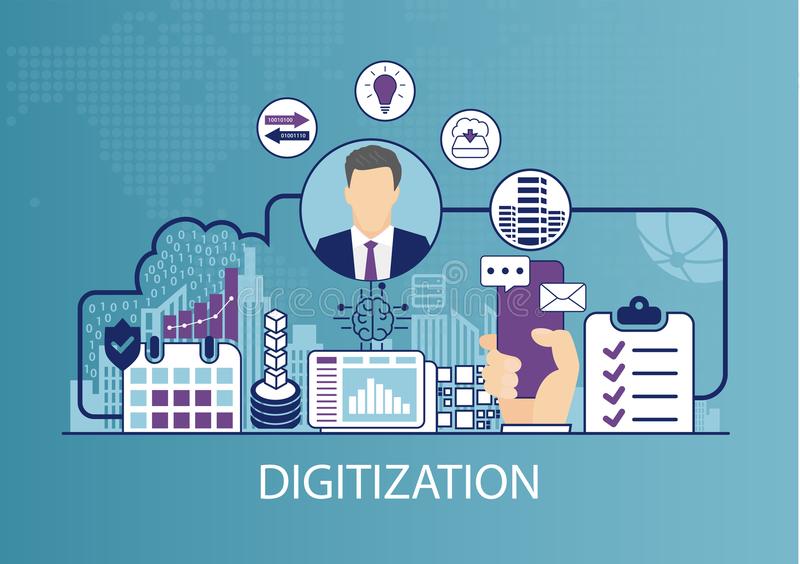Creating an Innovative Business Model
What is a ‘business model’
A business model describes how the business will create value for its stakeholders who may include customers, staff, partners, suppliers etc. Value is created to allow the organisation to extract profits or cost savings. Example: Facebook amassed a massive audience and built a robust advertising platform allowing companies to advertise to its +2797m monthly active users.
According to Lewis (1999) it is “how you planned to make money”, this is similar to Druckers description as “assumptions about what a company gets paid for”, this is an element in Drucker’s “theory of the business.” which outlines what a business will and won’t do to succeed in a changing market landscape. A good business identifies 2 key pillars:
- Customer: It identifies who the customers are and what they value.
- Value: It identifies how the organisation will both add and extract value.
The business model links business strategy to organisations processes by creating a framework for which process must occur to generate value for customers (or the organisation).
Osterwalder et al (2005) says a business model is ‘a conceptual tool containing a set of objects, concepts and their relationships with the objective to express the business logic of a specific firm’ and the concept of a business model has evolved over time. Johnson 2010 identified 19 distinct types of business model including brokerage, crowdsourcing, disintermediation, freemium, leasing, subscription.
Evolution of the Business Model Concept (Osterwalder et al, 2005)
Organisations must Adapt Their Business Model To Survive In Today’s Digital Economy
Drucker says organisations adapt their business models in response to changing environments (Ovans 2015) . Example: IBM evolved from producing tabulation machines to mainframes to artificial intelligence.
Disruptive Innovation
Disruption can be seen when a smaller company (existing or new entrant) challenges incumbents by satisfying the needs of lower value segments and then moving up the segments thus stealing more market share from incumbents (Christensen et al, 2015). To survive, incumbents may adapt their business model. For example, Ryanair challenged incumbents such as AerLingus who had to adapt their business model by improving aircraft standardisation, reduce inflight catering, incorporating dynamic pricing and ultimately reducing their cost base to offer cheaper flights and survive.
Disruptive Innovation Model (Christensen et al 2015)
Knowing when and how to adapt ones business model can be challenging, so too can convincing your board to change as they less concerned if they underestimate the possible threat, this can be seen as the innovators dilemma.
The Innovator's Dilemma
Disruptive Technologies
A disruptive technology is a new technology that unexpectedly displaces an established one (Christensen (2001). It can significantly alters how consumers, industries, or businesses operate and requires organisations to adapt. e-commerce allows manufacturers to sell directly to customers while Revolut provides investment services currently provided by banks. The convergence of emerging technologies such as social, mobile, analytics, cloud, internet of Things (IoT) known as SMACIT have given rise to a generation of digital businesses who combine digital technologies to challenge incumbents thus illustrating the need for existing business to adapt their business module to survive.
Changing business models
Respond to changing customer demands
Customer demands change over time, organisations must respond by offering new products/services. This may require adaption of the business model to allocate new resources and develop new capabilities or processes in the value creation process. For example, Blockbuster lost sight customers consuming more online content, Netflix accred market share while Blockbusters expensive store network, once a source of competitive advantage, now became a liability (Satell 2014).
Building Blocks of the Business Model Canvas
Osterwalder et al identified 9 building blocks of the business model (excluding competition and implementation).
9 building blocks of a business model. Osterwalder and Pigneur (2010)
This consists of 4 pillars: Product, Customer interface, Infrastructure management and Financial aspects Each has a corresponding building block. |
|
The Value Proposition describes the products and services provided by the organisation such as Ryanair selling flights and cross selling car rental.
The target customer describes the specific customer segments the organisation will target and create value for.
The distribution channel describes how the organisation will establish with customers. Ryanair implements disintermediation when they stopped selling tickets via travel agents, now they operate an eCommerce website along with a presence on social media.
The Relationship describes the relationship between the company and its customer segments.
Value Configuration describes how the organisation will arrange its activities and resources in pursuit of its strategy. Ryanair maintains a fleet of the same aircraft to avail of standardisation and quicker repair times. This allows Ryanair to reduce their cost base and provide cheaper flights than competitors.
Core competency describes how the organisation will implement its business model. This can also be seen as the organisations ability or skillset to deploy and manage is resources effectively such as hardware, financial or human capital. It is advisable for organisations to develop multiple core competencies to avoid industry disruption. These can be incorporated into the organization's culture, for example Hubspot recruits staff who demonstrate element of their ‘culture code’.
Partner network describes the how the organisation cooperates with other organisations to implement its strategy. This can be seen as the value network, a set of organisations that perform a series of actions to create value which can be provided to customers/users in exchange or payment or other legal consideration. For example, the digital marketing institute operates a dual distribution model selling online training directly to customers, it also sells via its extensive partner network who provide face to face training.
The cost structure describes the costs incurred by the organisation in its value creation and extraction process. For example, the digital marketing institute reduced its costs when it stopped delivering course face to face, these include lecture costs, room rental, catering, travel expenses etc. While it did incur costs to migrate to an online training model, it was able to scale its sales over a large customer base and generate considerably more revenues.
Revenue model describes how the organisation will generate revenues. Many organisations start by offering one product/service but scale up to providing a portfolio to meet the needs of different customers and gain additional sales from existing customers. In addition to its portfolio, pricing can amplify an organisation revenue model. For example, Ryanair's website operates dynamic pricing using low prices to attract customers and higher pricing for those booking last minute or heavily demanded flights.
To find out more about how we can help with training click here.


